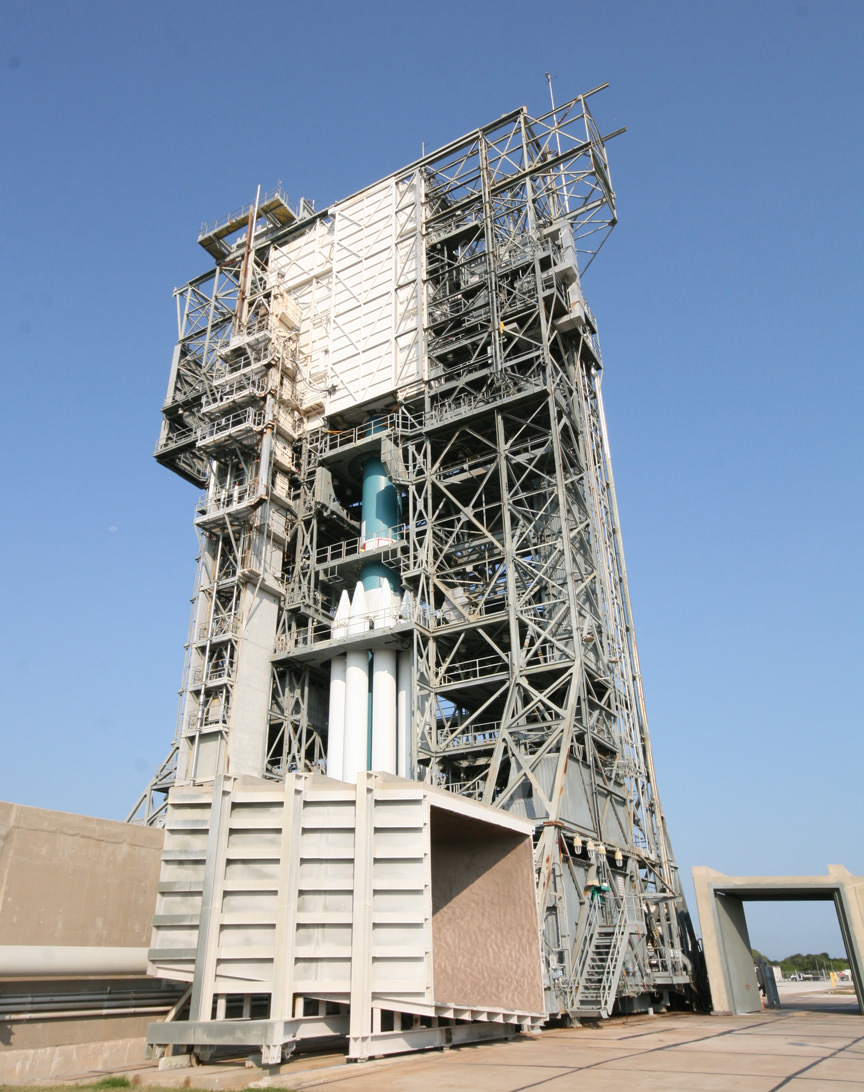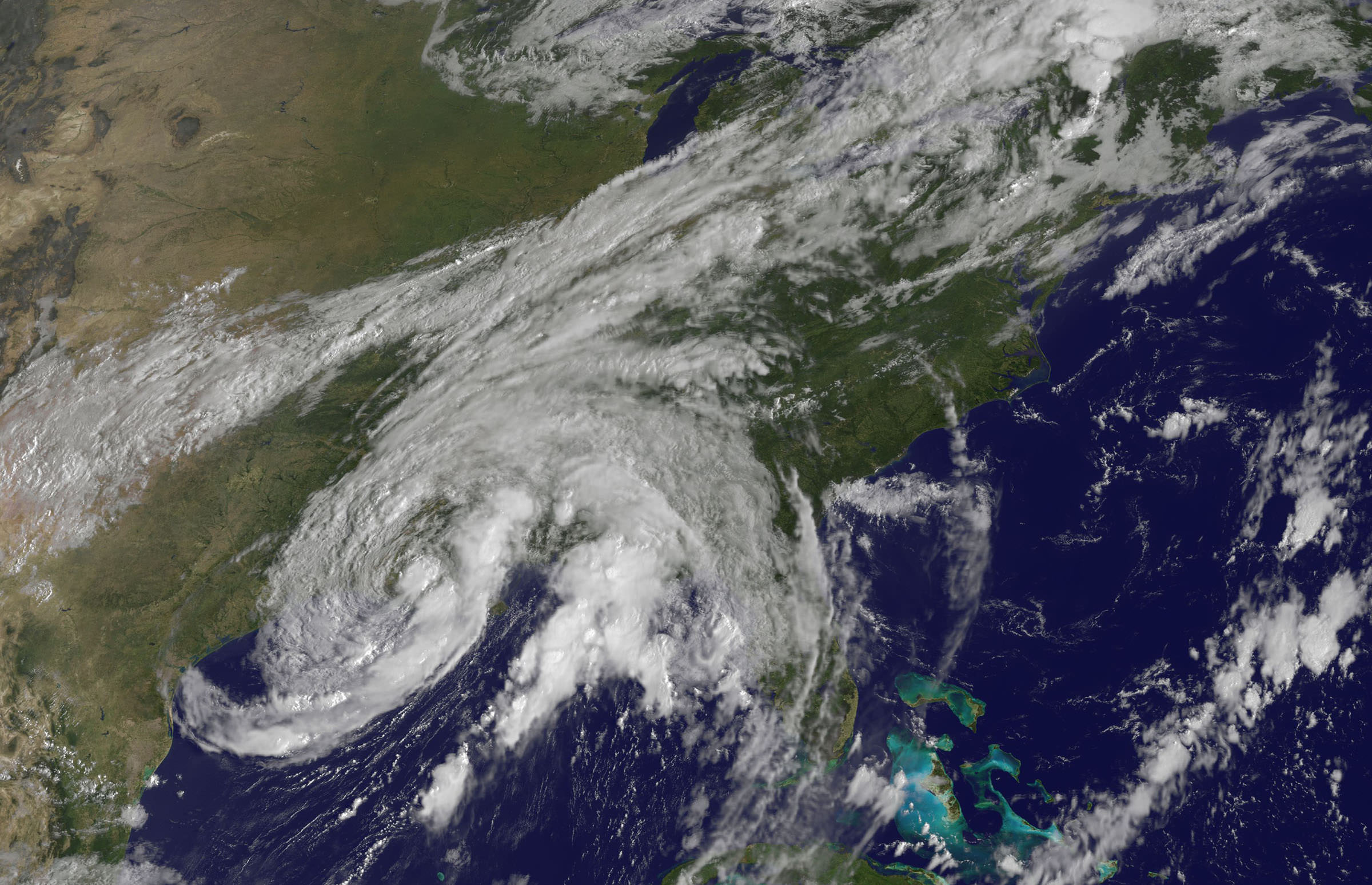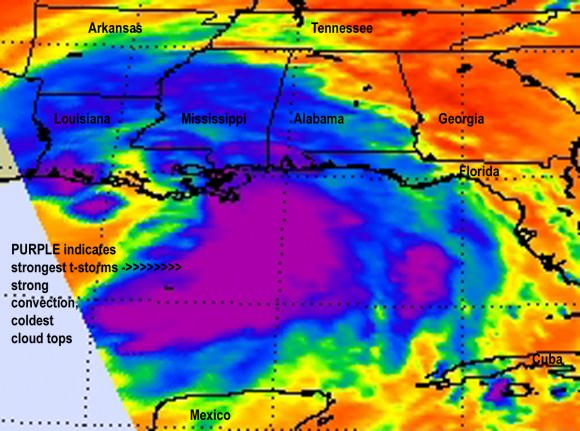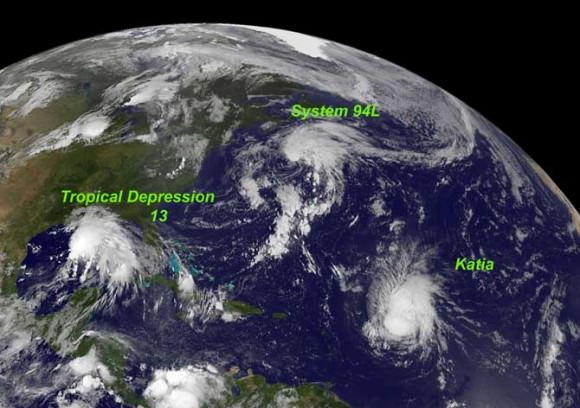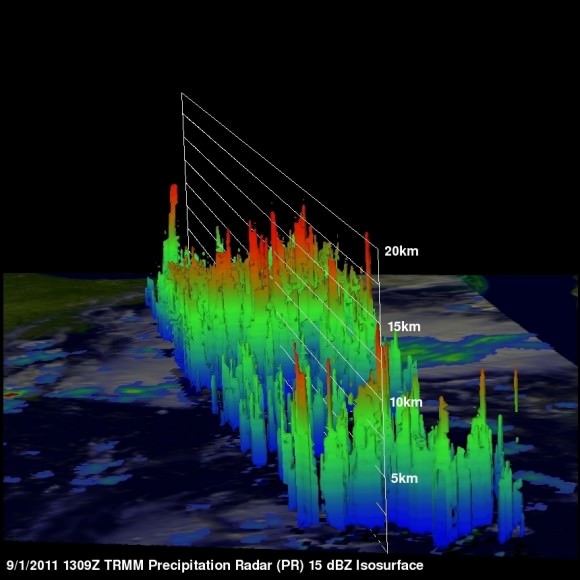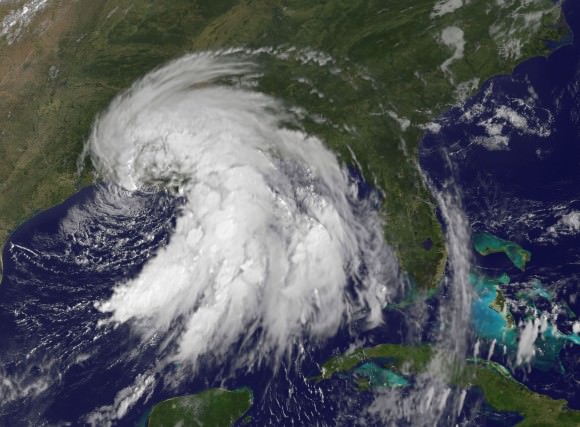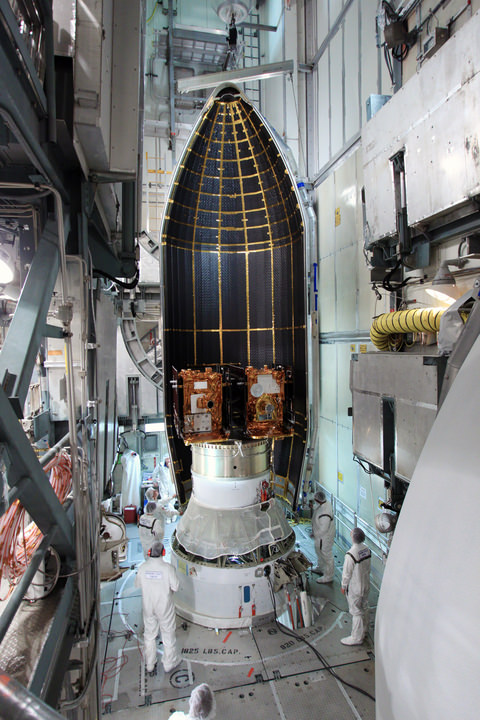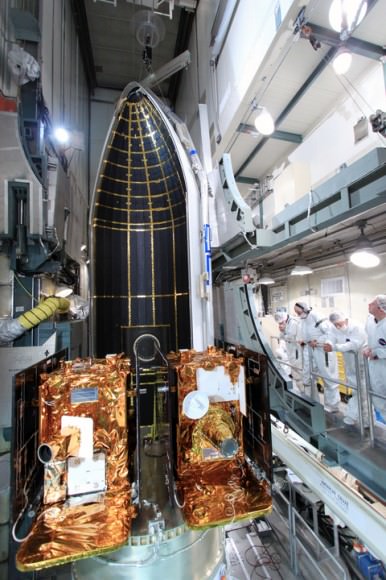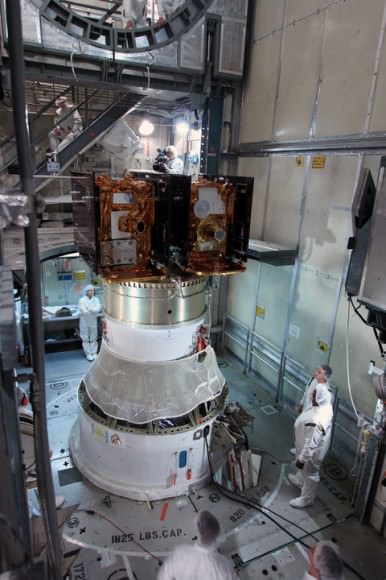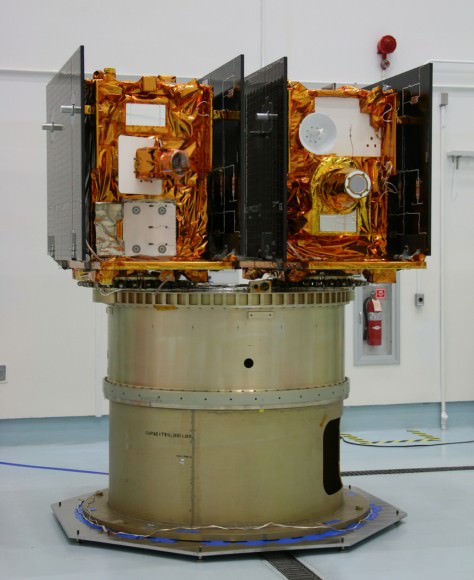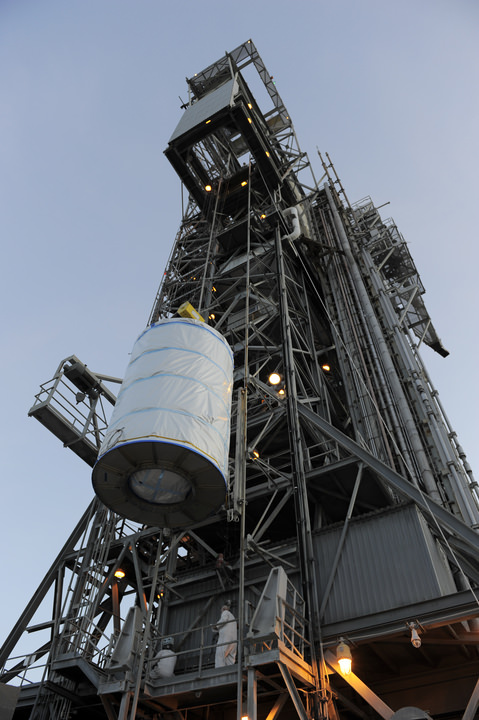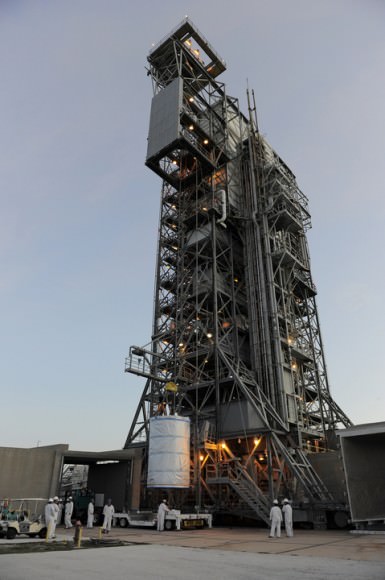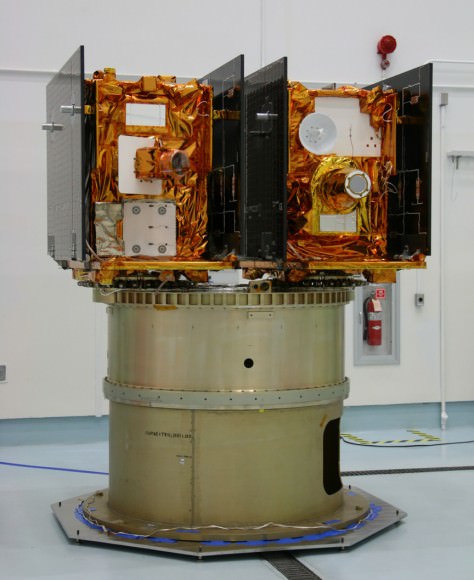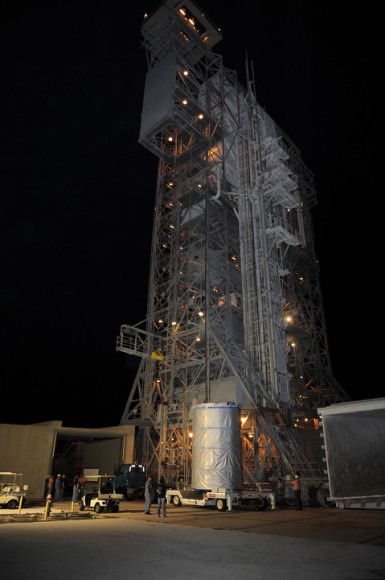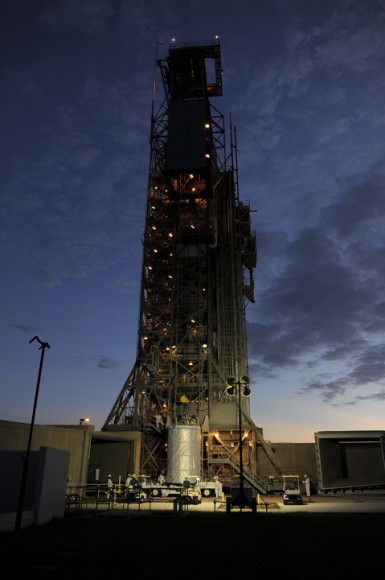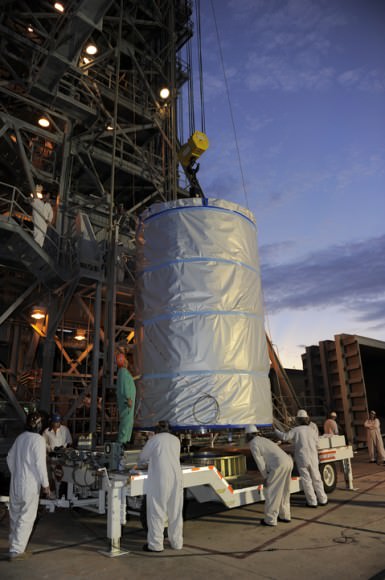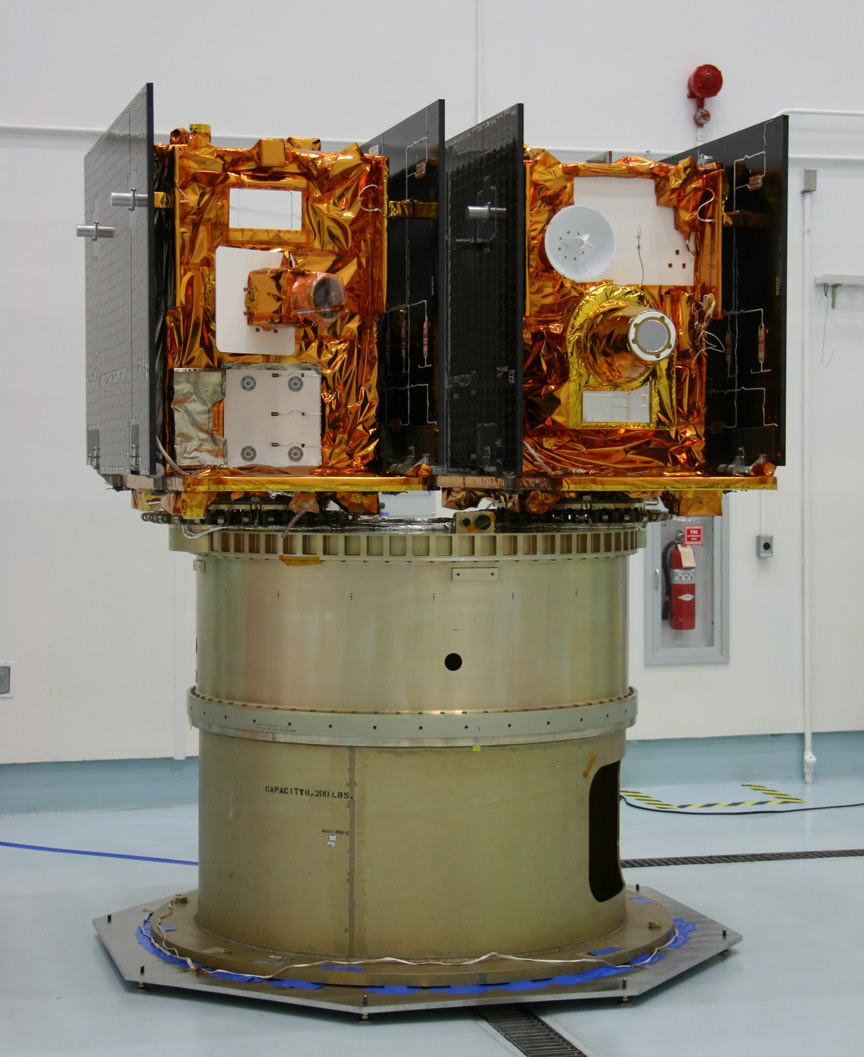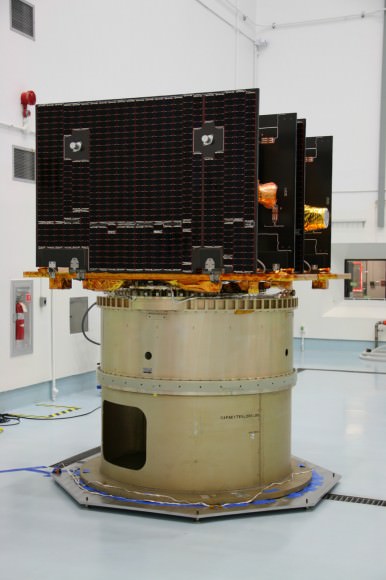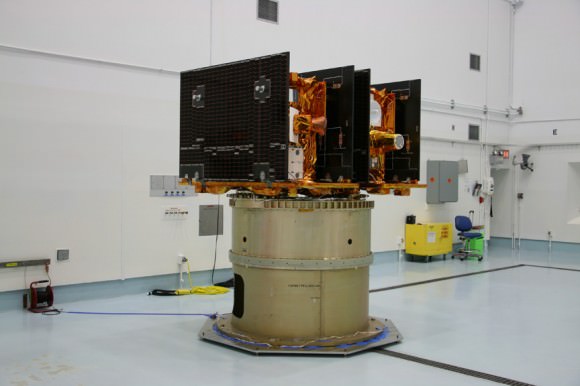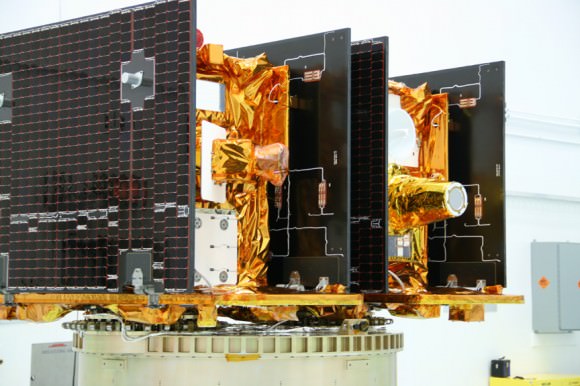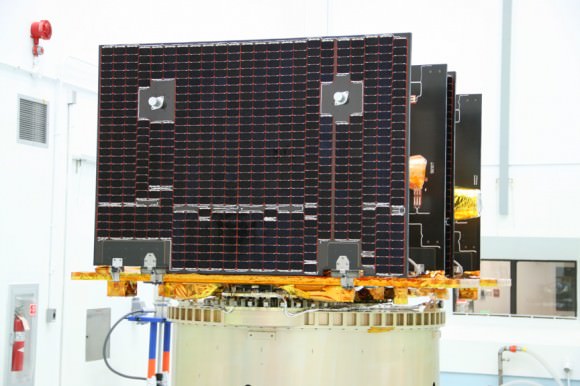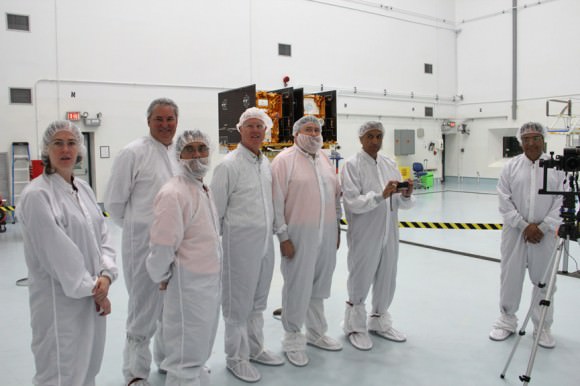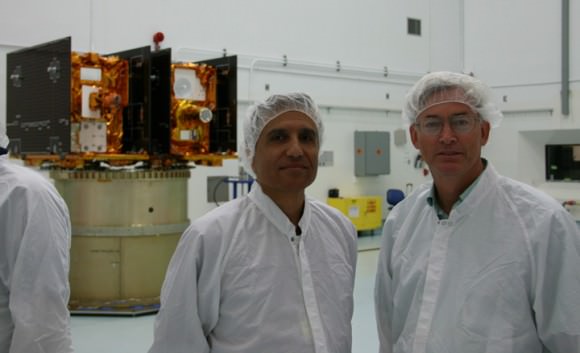[/caption]
Another American rocket Era is about to end. The venerable Delta II rocket, steeped in history, will fly what is almost certainly its final mission from Cape Canaveral. And it will do so quite fittingly by blasting twin satellites to the moon for NASA on a unique path for a truly challenging mission to do “extraordinary science”.
On Sept. 8, the most powerful version of the Delta II, dubbed the Delta II Heavy, is slated to launch NASA’s duo of GRAIL lunar mappers on an unprecedented science mission to unlock the mysteries of the moons deep interior. There are two instantaneous launch windows at 8:37:06 a.m. and 9:16:12 a.m. EDT lasting one second each.
“GRAIL simply put, is a journey to the center of the moon,” said Ed Weiler, NASA Associate Administrator of the Science Mission Directorate in Washington,DC at a pre-launch briefing for reporters on Sept. 6.
“It will probe the interior of the moon and map its gravity field by 100 to 1000 times better than ever before. We will learn more about the interior of the moon with GRAIL than all previous lunar missions combined.”
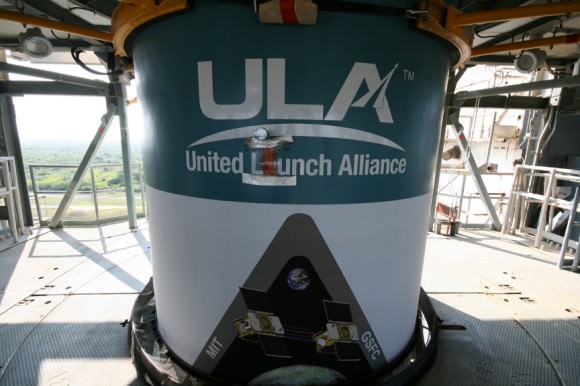
GRAIL will depart Earth from Space Launch Complex 17B (SLC-17B) at Cape Canaveral Air Force Station, Florida, which is also the last scheduled use of Pad 17B.
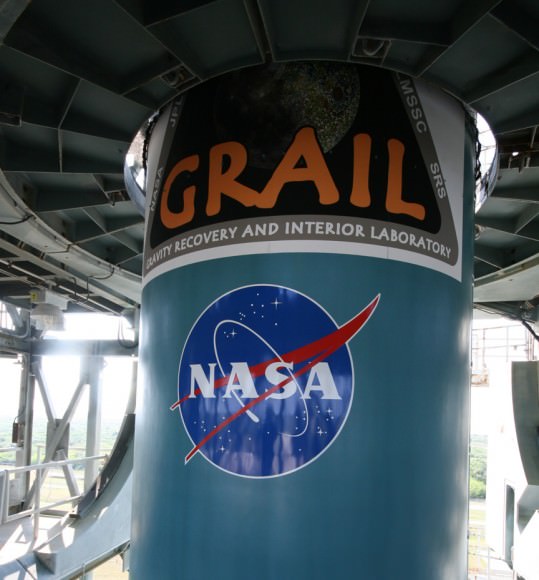
“Trying to understand how the moon formed, and how it evolved over its history, is one of the things we’re trying to address with the GRAIL mission,” says Maria Zuber, principal investigator for GRAIL from the Massachusetts Institute of Technology. “But also, (we’re) trying to understand how the moon is an example of how terrestrial planets in general have formed.”
“GRAIL is a mission that will study the inside of the moon from crust to core,” Zuber says.
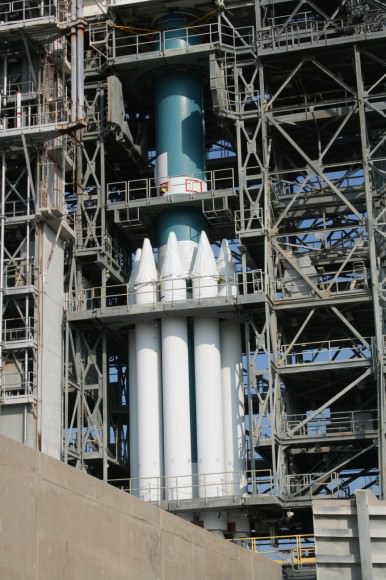
So far there have been 355 launches of the Delta II family, according to NASA’s Delta II Launch Manager Tim Dunn. The Delta II is built by United Launch Alliance.
“GRAIL is the last contracted Delta II mission to be launched from Complex 17. And it will be the 356th overall Delta to be launched. Complex 17 at the Cape has a proud heritage of hosting 258 of those 355 total Delta launches to date.
Hypergolic propellants have been loaded onto the 2nd stage after assessing all the preparations for the rocket, spacecraft, the range and facilities required for launch.
“The Launch Readiness Review was successfully completed and we can proceed with the countdown,” said Dunn.
The Delta II Heavy is augmented with nine larger diameter ATK solid rocket motors.
The Mobile Service Tower will be rolled back from the Delta II rocket tonight, starting at about 10:30 p.m. EDT depending on the weather.
The weather forecast for launch remains very iffy at a 60% percent chance of “NO GO” according to NASA and Air Force officials.
A launch decision will be made tomorrow morning Sept. 8 right after the weather briefing but before fueling begins at 6:30 a.m.
The weather forecast for rollback of the Mobile Service Tower tonight remains generally favorable. There is a 40% chance of a weather issue at 10:30 p.m. which drops to 30% after midnight. Tower rollback can be pushed back about 2 hours without impacting the countdown, says NASA.
Weather remains at 60% NO GO in case of a 24 hour delay but improves over the weekend. The team has about 42 days time in the launch window.
After entering lunar orbit, the two GRAIL spacecraft will fly in a tandem formation just 55 kilometers above the lunar surface with an average separation of 200 km during the three month science phase.
Stay tuned to Universe Today for updates overnight leading to liftoff at 8:37 a.m.
See my photo album from a recent tour of Launch Complex 17 and the Mobile Service Tower
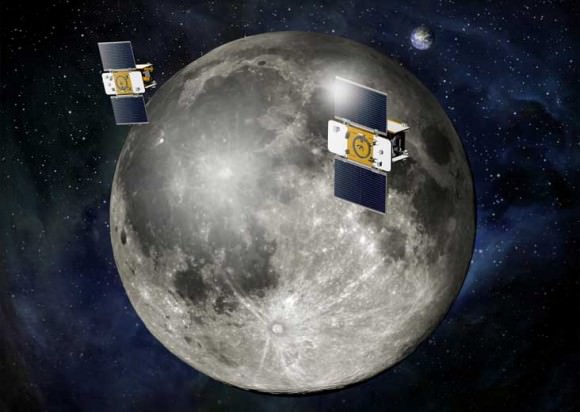
Read Ken’s continuing features about GRAIL
NASAs Lunar Mapping Duo Encapsulated and Ready for Sept. 8 Liftoff
GRAIL Lunar Twins Mated to Delta Rocket at Launch Pad
GRAIL Twins ready for NASA Science Expedition to the Moon: Photo Gallery

